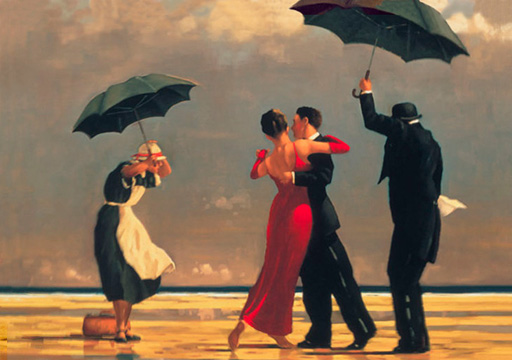Photography is the newest type of art form to come about, creating it’s own medium of sorts. Some would assume that it takes the role of a 21st century replacement for classic paintings, but I wouldn’t say the two are necessarily mutually exclusive. Looking over T. Coke Whitworth’s photographs in the Ackland Art Museum’s “New Currents in Contemporary Art” exhibit, I came to see that photography is a more subjective and experience-based art form. When seeing Whitworth’s Untitled photograph of the young boys and their guns, I realized that the interpretation and analysis of these images depends on one’s cultural background and personal opinions.
Honestly, when assigned to go to the Ackland Art Museum and pick out a painting with some sort of underlying cultural meaning, I went straight for the screen prints about slavery and discrimination. Easy enough, right? The man disliked slavery. Okay, simple, straightforward. I’ll have this knocked out in no time. After leaving the museum though, the only piece of art that still had me thinking was Whitworth’s photo with the boys and their guns. I realized that I could write a hundred straight-laced blog posts about Jacob Lawrence’s exhibit on John Brown, but any Ted, Jim, or Nancy could see what those paintings were about. In order to fully activate my brain and write something semi-worth reading, I had to think outside the box. And outside this hypothetical box Whitworth’s photo was staring me in the face.
It is an interesting photograph to say the least. In the foreground, there are three young southern boys, probably around the age of ten-ish. They are standing in a field in front of a pickup truck, clouds and trees surrounding them in the background. Two of them are holding guns, one pointing it down and one just staring that the gun itself. The photo is perfectly in focus, every cloud and eyebrow hair visible. It is a straightforward photo, no blurriness or light shadows to over-interpret, just life. Dang it, how I wish you could see it, but it’s not posted on the Internet. Just stop reading this now and go to the Ackland and look. Go. And after you get back, you may resume reading my blog.
Initially, we each as individuals would have our own unique reaction to such a piece of work. Some people would just walk right on by, seeing nothing. Others would sympathetically stare into the emptiness of one of the boy’s eyes. And I’m sure there are those out there who would merely see something that makes them happy and proud: southern culture, male bonding, sons growing into men, etc. Being from the background I am from, I immediately took the second route: sadly staring at the art. Over-analyzations of the poor boy’s thought process: this culture he was forced into, what he should become. Who could miss such a sad image as this, right?
After getting back home and reading the artist’s statement about the work, my viewpoint completely changed. This man was just exploring culture, not trying to give some artsy-fartsy representation of the woes of southern culture and hunting. Apparently he had just moved to a new town and wanted a way to get closer to the locals. Wow. I was pretty off base with my interpretation, wasn’t I? This was the point when I realized how with any art, obviously there is an ever-present individual interpretation with each painting, but this is much stronger in photography. The clear, straightforward photo leaves no wiggle room when it comes to things like brushstrokes or color choice or body proportions. It’s all there, honest and clear-cut. The bulk of the creativity of the art comes with looking at the end product, not during the act of creating it. With photographs interpretation is the beauty, not the talent of the detail work or shading or type of paint used.
So, when forced to reckon with the idea of Whitworth’s social goals in this photograph, my gut reaction was my own personal social goals. This photograph is obviously about the absurdity of southern culture. At how even something as terrible as killing an animal is engrained in these adolescent boys. Using guns frequently is almost like a right of passage for them, becoming a man. I could even stretch it as far as to say that this photo holds a message about the violent American culture and little boys thinking “guns are cool” thanks to things like family hunting trips and video games.
But, alas, Emalyn is not always right about these things. Shocking, I know. A touch of research proves that Whitworth did not have such a social goal in mind. Odds are that he is on the opposite end of the spectrum when it comes to the sentiments evoked by this photo. This is culture. This is pride. This is a fabulous right-of-passage that luckily was documented in a lovely photograph. This is the shit you hang on the mantle right here.
This is why I love photographs. They seem so straightforward, yet a hundred different people could have a hundred different interpretations of the same photo. It’s all about background and personality. Is that the same case with something like the Mona Lisa? A picture is worth a thousand words, and odds are my chosen words versus Whitworth’s would be completely different.














